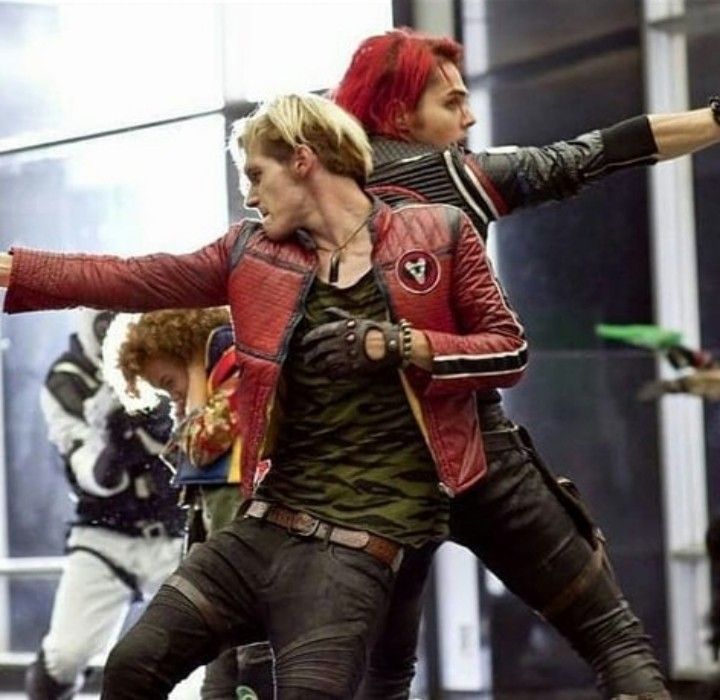C1 - Atomic structure
Cards (16)
- Protons
- relative charge = +1
- relative mass = 1
- Neutrons
- relative charge = 0
- relative mass = 1
- Electrons
- Relative charge = -1
- Relative mass = 0 (negligable)
- Atomic numberNumber of protons
- Mass numbernumber of protons and neutrons
- Electrons in an atom are placed on fixed shells
- You can put:
- up to two electrons in the first shell
- eight electrons each in the second and third shells
- Isotopes
- atoms of the same element can have a different number of neutrons, giving them a different overall mass number
- atoms of the same element with a different number of neutrons are called isotopes
- Ions
- atoms can gain or lose electrons to give them a full outer shell
- Ion - a charged atom
- atoms with more electrons than protons have an overall negative charge
- atoms with more protons than electrons have an overall positive charge
- Relative atomic massThe average mass of an element
- Abundancethe percentage of atoms with a certain mass
- Elements
- substances made of only one type of atom
- each atom of an element will contain the same number of protons
- Compounds
- different types of atoms chemically bonded together
- atoms in a compound have a different number of protons
- Mixtures
- two or more elements or compounds not chemically bonded
- the substances in a mixture can be separated using physical processes
- these processes do not use chemical reactions
- Separating mixtures
- filtration - insoluble solids and a liquid
- crystallisation - soluble solid from a solution
- simple distillation - solvent from a solution
- fractional distillation - two liquids with similar boiling points
- paper chromatography - identify substances from a mixture in a solution
- Filtration
- separates insoluble solids from the liquid
- pass the solvent through filter paper
- the solvent will pass through, leaving the insoluble solid on the filter paper
- Crystallisation
- separates soluble solids from a solution
- heat the solvent in an evaporating dish
- stop heating when small crystals begin to appear around the edge
- leave the rest of the solution to evaporate
- the solid is left as crystals
